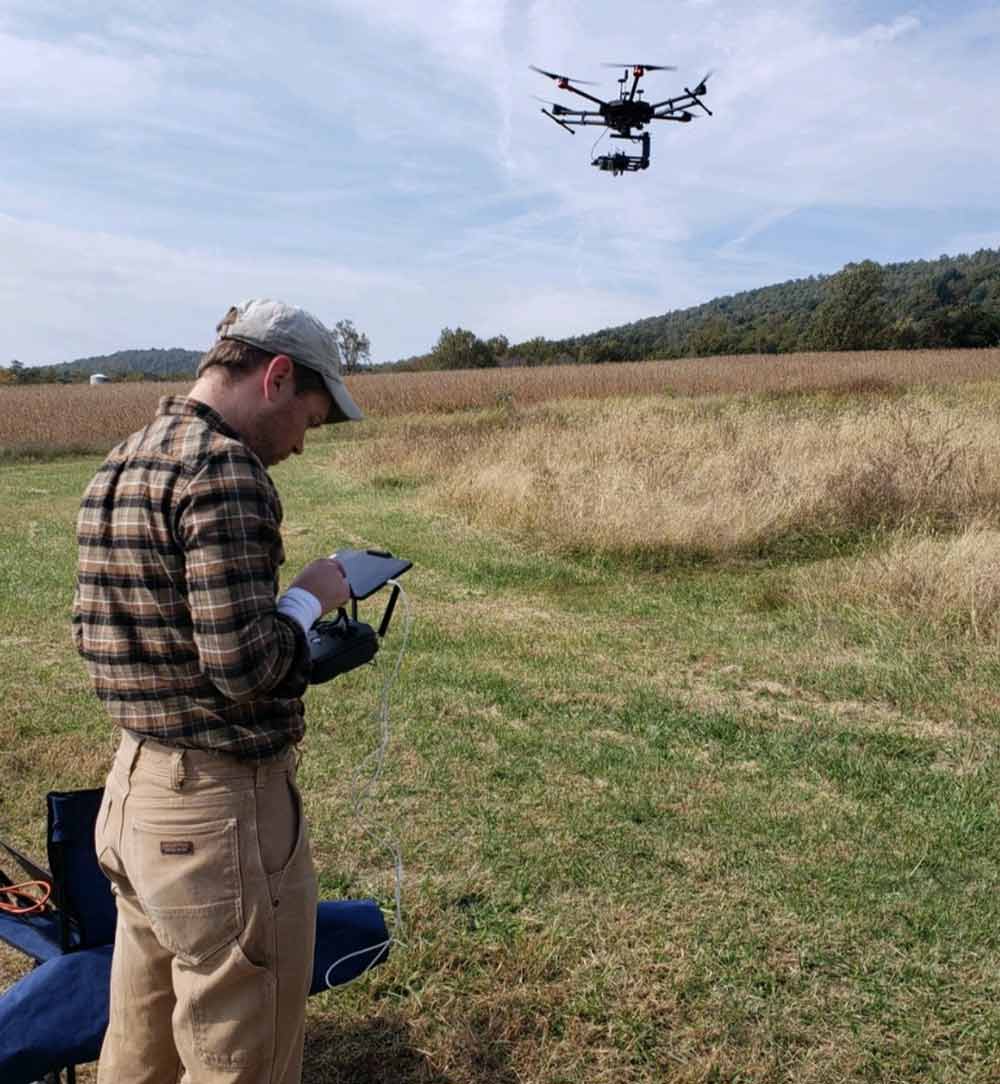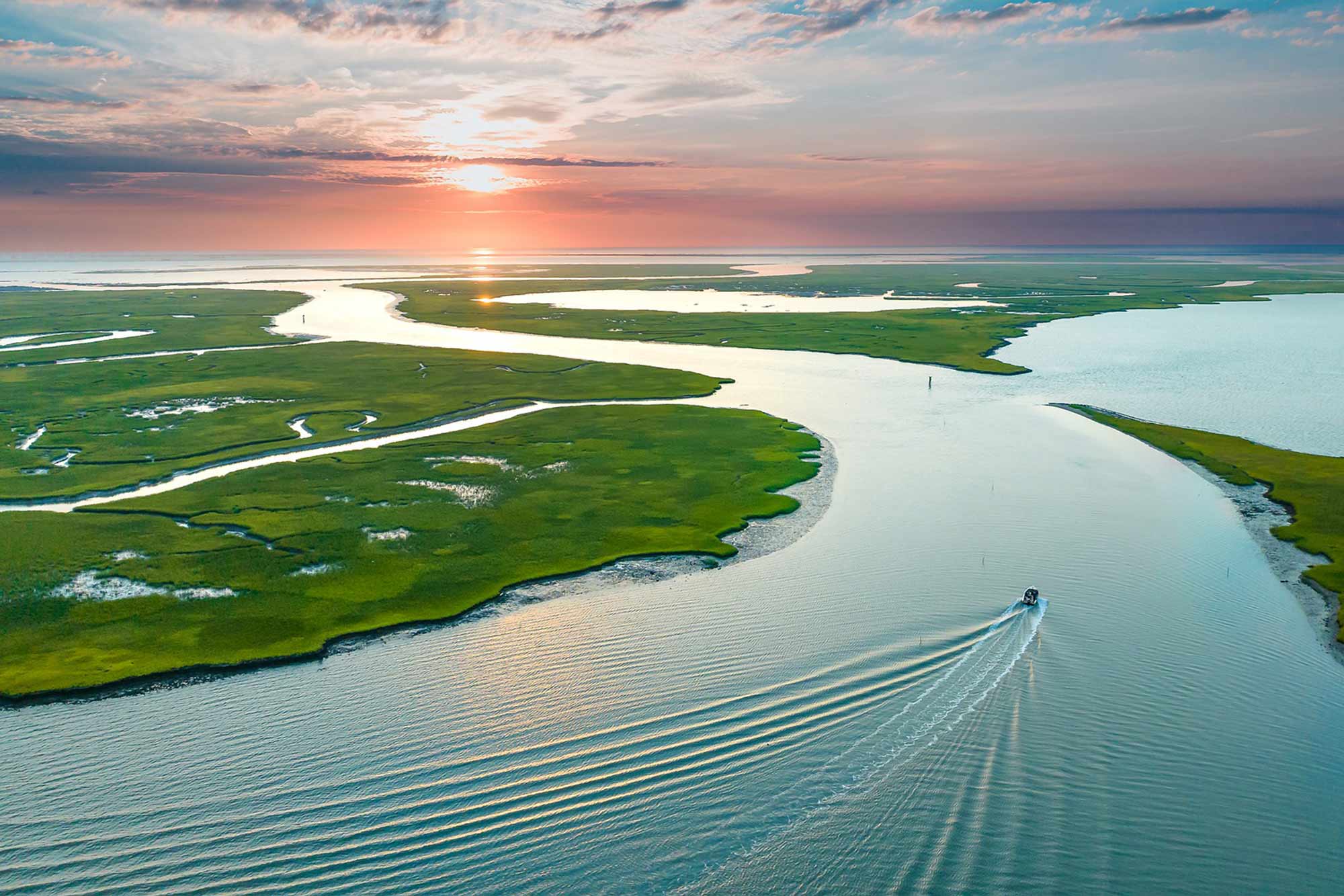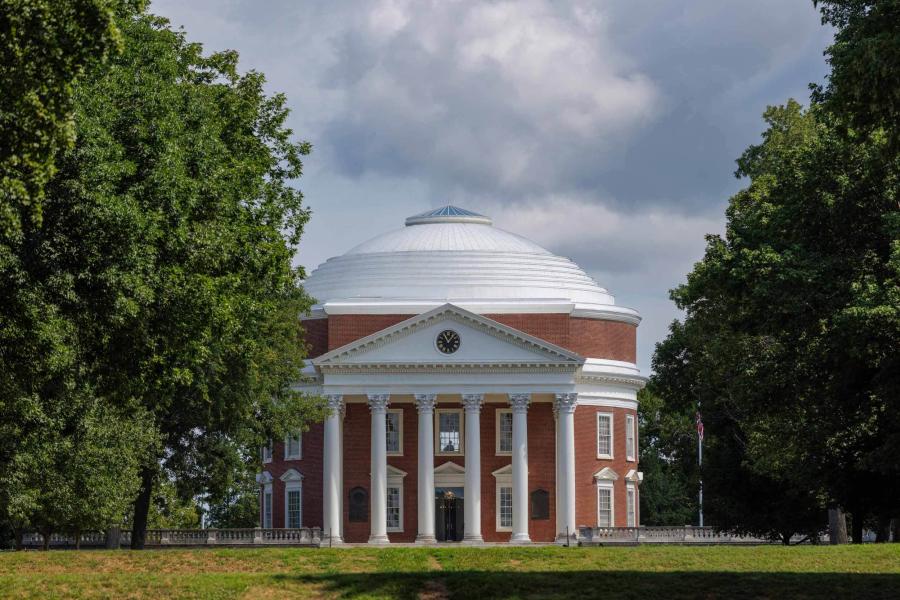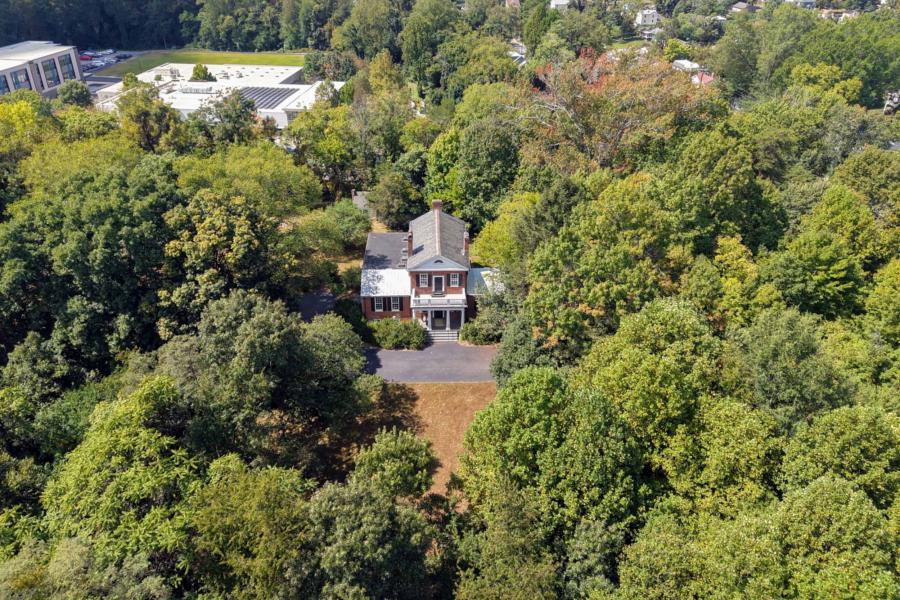The places you live and play, if designed correctly, may save you someday from flooding – or even something worse.
Developing drainage infrastructure that incorporates native plants and natural features is the focus of researchers at the University of Virginia School of Architecture, who recently received a $3.25 million grant from the U.S. Army Corps of Engineers to support efforts at nature-based flood control and ecosystem management in the Chesapeake Bay region.
The nature-based features could augment current common infrastructure, such as levees and concrete floodwalls, to create living structures that can change with environmental conditions and human behavior. The team’s efforts could help repair damage to the natural environment, slow natural processes like beach erosion, or redirect floodwaters.
The grant project, “Urban Planning With Integrated Natural Systems,” is an early-stage research and development project combining the efforts of universities, local organizations and federal agencies. The project will study several sites in the Chesapeake Bay, which covers 64,000 square miles with a watershed encompassing parts of six states.
Led by principal investigator Michael Luegering, assistant professor of landscape architecture at UVA, the project is literally a grass-roots start-up, with those roots being in native vegetation that lives on both sand dunes and farmland.
“Coastal forests, marshes and dunes can all be thought of as forms of natural infrastructure – as large-scale ecological systems. They help to clean water, limit erosive forces of storms and capture carbon,” Luegering said. “Designed natural infrastructure adds additional layers of consideration, including the role of regional culture into their design and management.”
By starting at the ground level, the hope is to develop infrastructure that can respond to small changes in an environment – changes that may eventually build up to a crisis.
“We want to help the Corps of Engineers create a slightly more predictable timeline and consequences for those changes,” Luegering said. “It isn’t necessarily saving someone from a big wave. It’s the everyday micro-changes that occur over little bits of time. That’s what’s actually causing problems for the most part. It’s like a boxing match. The problem isn’t the haymaker; it’s all of the jabs and then comes the haymaker.”
For two years, the research team will help develop methods of evaluating the performance of nature-based efforts, tracking characteristics such as vegetation growth patterns, indicator species and plant health. Professor Bill Basener of the School of Data Science is creating analytical models and tools to develop data the team will use to design nature-based efforts, including models of regional hydrologic systems.
One plant the project will study is American beach grass, which grows in a wide variety of soils, from sand dunes to clay.

“When it grows in the sandy dune environment, it spreads through the shallow sand surface and the roots help the dune accrete and retain sand that’s getting blown up from the beach,” Luegering said. “But it gets more robust and grows in clumps when it’s planted in clay. We’re looking at what we can do to use the grass to hold dunes and protect farmland that’s susceptible to flood and erosion.”
The UVA team will use test plots at UVA’s Morven Sustainability Lab and additional locations at Cape May, the Chincoteague and Assateague barrier islands and the Black Water National Wildlife Refuge on Maryland’s Eastern Shore. They will use advanced airborne and spaceborne sensors to see and track key plant species.
“We’re building what we call a fundamental spectral signature for each of these plants – think about it as the meticulous tracking of each plant’s chemical and geometric evolution from germination to senescence. So we collect weekly spectral and LiDAR information that forms a photo album of sorts. Each moment along the way helps us differentiate one species from another,” he said.
From there, the idea is to develop a process for designing nature-based infrastructure to compliment traditional infrastructure. The plants, soils and landscape features would help offset critical impacts from storms and sea level rise.
“The Back Bay Fens, a part of the Emerald Necklace in Boston, is a great example of how design engaged 19th- and early 20th-century Boston’s growth and the issue of sewer management in a tidal estuary. While a beautiful park, the design of fens also served to manage storm water and help alleviate the contamination in what was once a tidally controlled Charles River,” Luegering said.
“What was a serious public health hazard became a form of natural infrastructure – no longer purely a tidal marsh, but a landscape that was tuned to handle multiple impacts to an urbanizing environment,” he said.

The Chesapeake Bay creates a challenge. The bay is fed by more than 150 rivers and streams, is home to more than 300 species of fish, shellfish and crab species and a wide array of wildlife, and generates more than $10 billion a year through agriculture.
More than 17 million people live in this area in a landscape with tremendous ecological, cultural, economic, historic and recreational value that’s deeply affected by climate change. It’s also deeply affected by human culture.
“You see how infrastructure both influences and becomes a part of the culture,” Luegering said. “People go to take photos of Venice, which was created by people learning to live in a lagoon. At its best, infrastructure forms these rich and robust traditions, but also has the power to divide and disenfranchise, as has been the case of many single-purpose flood control projects. The reverence and learning we get from interacting with our environment is a fundamental part of where nature-based infrastructure can take us.”
Traditional infrastructure has its limits. Often dams, levees and other structures provide a sense of security that overshadows changing environmental conditions. Even Venice, Luegering noted, is dealing with subsidence and other natural issues.
“In contemporary culture, we build things and they become an afterthought. People don’t see the changing nature of the environment they live in. Hardened infrastructure tends to hide the small-scale changes,” Luegering said. “We need to respect some of these environmental changes a little bit more and start incorporating them into the culture we live in. One way to do this is by incorporating infrastructure that flexes with changing conditions back into our public domain.”

With the help of drones and high-tech imaging equipment, the researchers hope to follow the growth and development of plants that may someday be used with traditional engineered structures to combat floods and erosion. (Contributed photo)
Luegering said natural infrastructure designs do not preclude using traditional methods.
“There is a danger that we overcommit culturally to it because we think it’s like a nicer version of a concrete wall, but it is substantially different,” he said. “Some will think, ‘If I build a marsh, I won’t have to have a seawall.’ Unfortunately, that is fundamentally not true. As in many things, changing conditions will require a careful balance.”
Luegering said landscape architects once played a more important role in developing infrastructure, which over time has become the domain of civil engineering. The partnership with the Corps of Engineers is a return of sorts.
“In recent history, landscape architects have reemerged in this realm,” he said. “What I’m most proud and excited by at UVA is our role in leading the research and development to develop more knowledge and new approaches to design and implementation of natural infrastructure.”
Media Contact
Assistant Editor, UVA Today Office of University Communications
bkm4s@virginia.edu 434-924-3778
Article Information
September 17, 2025






